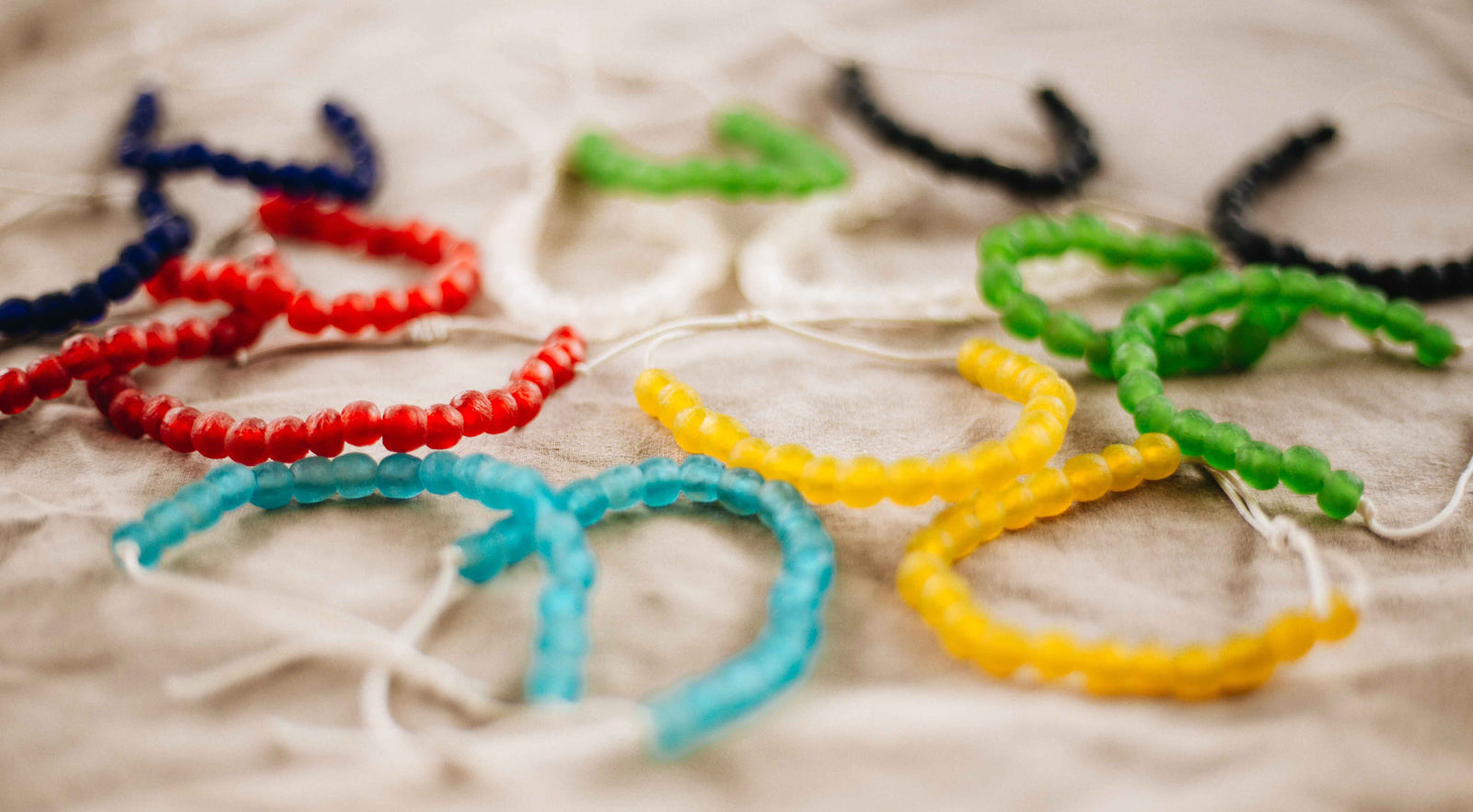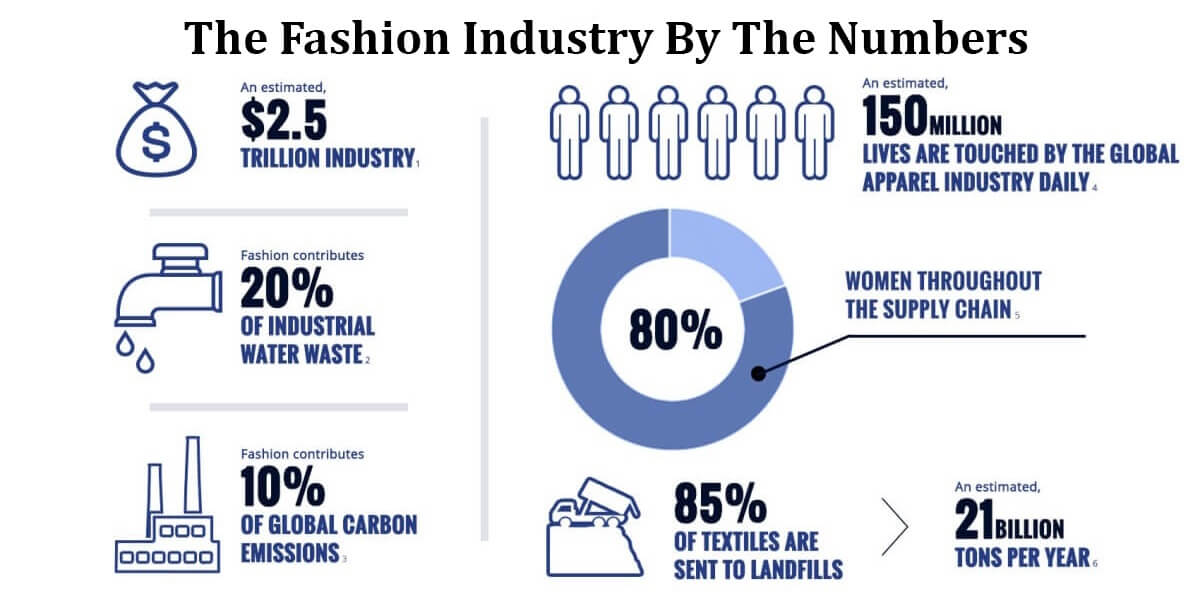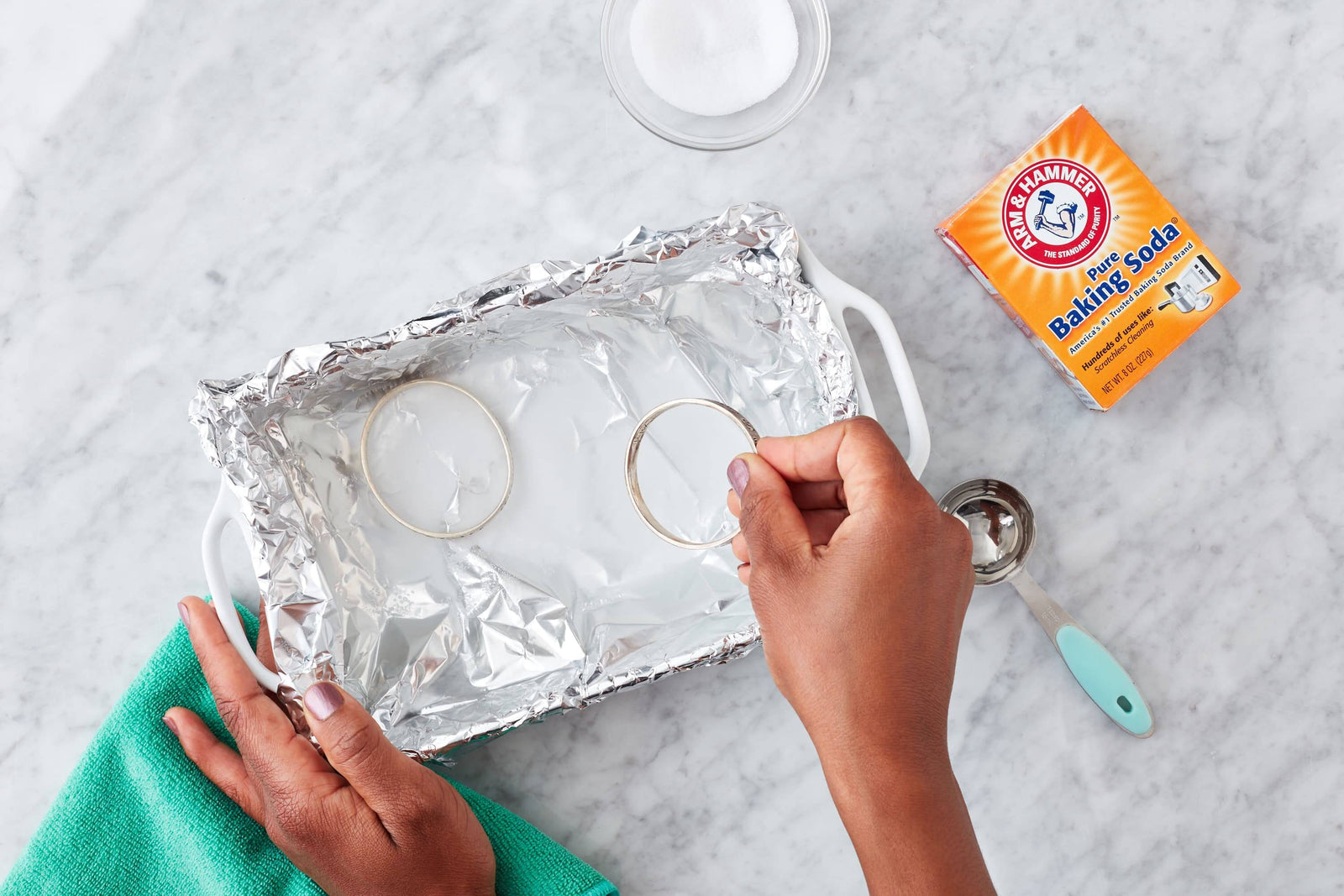Your Cart is Empty
Be the Change You Wish To See In The World!!!
Octopuses That Dream
An estimated eight million tons of plastic enter the ocean each year. Plastic is not biodegradable, so it stays in the sea for decades, circulating and poisoning marine ecosystems around the world. Other toxic chemicals make their way into the ocean as well, including a type called persistent organic pollutants (POPs). POPs don’t break down, which means they stay in the ocean indefinitely.
Ocean pollution affects all marine life, including the majestic octopus. While much needs to be done to clean up our oceans, there are conservation groups out there working towards that goal. At Bead the Change, we support such conservation efforts with our charity bracelet line, which includes our new Octopus Bracelet.
Why We Care About the Octopus
Octopuses are magnificent sea creatures. One more well-known octopus is Heidi, who some say “dreams in technicolor.” A video of Heidi is available online that shows her asleep in her tank. As she sleeps, her mantle, which are the muscles behind her eyes, expands and then deflates. Every so often, Heidi twitches, and her body turns different colors and textures. You’ll see her skin change from yellow to magenta, then back to yellow and black paisley. You can watch the video here: https://www.youtube.com/watch?v=0vKCLJZbytU
Marine biologists theorize that Heidi’s rainbow display indicates that she’s dreaming. While there are no published studies to support this theory, it certainly seems plausible.
How Octopuses Change Colors
Like Heidi, all cephalopods have sacs of pigment within their skin, which are called chromatophores. They can expand or contract, each making a pixel of color. Octopuses change color to blend in with their environments. They also use color to communicate with one another. That means they change colors intentionally. When they do, hundreds of thousands of those chromatophores flicker under the skin. While the chromatophores shift under the control of the octopus’s brain, there are also pathways under the skin that enable the chromatophores to communicate, free of conscious control.

How Do We Know That Octopuses Sleep?
Octopuses have quite a unique anatomy. They have blue blood, three hearts, and over 500 million neurons (compared to humans, who have only 100 million). Further, their brain cells aren’t centralized in their heads; over half of them are found in their arms. Even though marine biologists have plenty of evidence regarding their high intelligence, they are so morphologically different from other mammals that biologists weren’t sure whether octopuses slept at all, never mind dream.
In order to identify that an organism is in a state of sleep, it must become still and be less responsive than its waking state. Also, if it misses a night of sleep, it must try to compensate by sleeping more at the next opportunity. The octopus displays these behaviors and shows brain activity as it sleeps, which suggests that it may indeed dream.

How Ocean Pollution Is Harming Octopuses
Marine scientists have determined that chemical contaminants have made their way to the deepest parts of the ocean. For example, the cockatoo squid is one cephalopod species impacted by contamination in deeper waters. The cockatoo squid lives in the deep waters off the New England coast. Many people think that plastic and other pollutants don’t make their way that deep.
Besides octopuses, cephalopods include squids, nautiluses, and cuttlefishes. Researchers from the Virginia Institute of Marine Science found toxic chemicals in these species. The toxins are classified as persistent organic pollutants (POPs). That means they don’t break down. They stay in the environment permanently.
Some of the cephalopods studied had extremely high levels of POPs, partly because of their odd anatomy. They don’t have the ability to get rid of the chemicals once their bodies have absorbed them. This brings up the critical question about how much of these contaminants make their way up the food chain.
Octopods and squids are the primary food source for marine mammals like sperm, killer, and beluga whales, as well as narwhals, porpoises, and dolphins. Scientists have found POPs in the tissue and blubber of whales and fish.
The Octopus Bracelet
At Bead the Change, we support ocean conservation as well as projects dedicated to protecting the octopus, one of the sea’s most magnificent creatures. For example, one of our most popular charity bracelets is our Ocean Cleanup Bracelet, which supports The Ocean Cleanup. The Ocean Cleanup is a nonprofit organization dedicated to ridding the area known as the Great Pacific Garbage Patch of plastic waste.
Ten percent of every ocean bracelet purchased goes to this organization. This save the ocean bracelet is made of beautiful turquoise glass beads made from recycled glass bottles. Even the cord is made from reclaimed plastic water bottles.
We are also proud to announce that we are expanding our ocean plastic bracelet line to include our upcoming Octopus Bracelet. We have designed our Octopus Bracelet with vibrant red and orange beads made from recycled glass bottles. Also, the elastic cord makes the bracelet one-size-fits-all, perfect for men and women alike.
Our new line of bracelets will support the Sea Shepherd Conservation Society, which is an international marine conservation organization. They defend, conserve, and protect ocean wildlife from environmental destruction.

Comments will be approved before showing up.
In short, ethical fashion works toward the social good of society. It takes into account the workers who make the clothing industry possible. This includes everyone from the farmers who grow the fabric to the garment workers who stitch the pieces together. These efforts go beyond the surface we see as consumers. Rather, social good is deeper than the public image. A brand must take care to ensure fair wages, maintain fair trade certifications, and provide healthy working conditions. The ethically responsible brand invests in its people as much as it does its product, if not more so.
Now, you never have to tuck your jewelry away because it needs a deep cleaning. You can keep your jewelry sparkling yourself using eco-friendly cleaning agents you probably already have around the house.
Here are a few cleaning options that don’t involve harsh chemicals.



